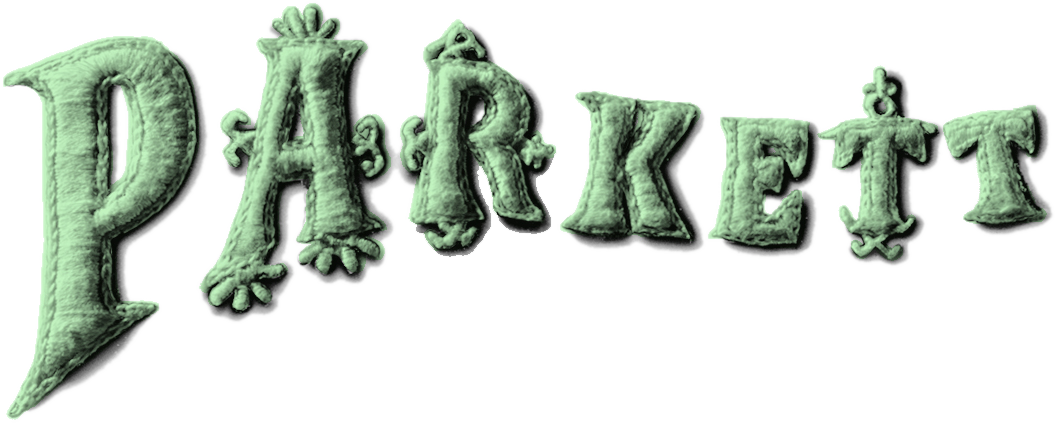Parkett Vol. 35 - 1993 | Gerhard Richter
Gerhard Richter
Read a selected text (PDF)
View edition
Insert: Barbara Bloom (PDF)
Spine: Sam Samore
Cumulus:
On writing and the role of the critique by Paul Taylor (PDF)
Exhibition review based on an essay by Alain Cueff by Hans Rudolf Reust (PDF)
Miscellaneous:
Anne Teresa De Keersmaeker by Roselee Goldberg (PDF)
Dieter Roth by Patrick Frey (PDF)
Out of print. To inquire about sold out books, contact us
Browse Selected Texts and more on the Collaboration Artist
Artist Insert
Editorial
Of Rivers and Office Chairs. The picture on the cover of this issue is number 67 in a series of 115 paintings created by Gerhard Richter for the readers of Parkett. The title of the series, Green-Blue-Red, makes laconic reference to the basic elements of a highly consequential painting operation. Further scrutiny of the suite of paintings yields insight into the idea of a perfected diversity or into what author Peter Gidal calls “endless finalities.” The outcome is a flow of pictures each of which will remain part of a “closed circuit,” even as they are sent out into the world. We are pleased and proud to have been able to participate in the actualization of this project.
While working on the layout with Richter, we were struck by his playful interest in the potential for change that lies in the act of reproduction: occasional reversal of the image, as in the detail of the painting on the cover, or distortion of the real proportions of canvases in juxtaposed reproductions offers subtly designed access to expanded perception—as a form of penetration revitalized through detachment.
Mirrors and reflections are recurring features in Richter’s work. This is manifested in the steel sphere photographed in the bedroom of Nietzsche’s home in Sils-Maria, which has now been converted into a museum. There, in the past months, Richter installed an exhibition, keeping his own intervention to a minimum. Mirroring takes the form of a triple-exposure in the self-portrait, SELF, 3 TIMES. It shows the artist multiplied but transparent, seen through and between the empty chairs on which he has just been sitting.
As editors, members of a profession who spend most of their time sitting, we are sensitized to the existence of the office chair, symbolic of such acts as sifting, ordering, reflecting, and planning. A drawn version of Gerhard Richter’s work chair has been reproduced on page 80. Recently, at Dieter Roth’s overwhelming exhibition in a factory bay near Zurich, we came across a wondrous sample of this species as a trenchant example of Roth the “bricoleur-Sisyphus-inventor.” On the rounded back of his wooden chair, the artist attached a clothes hanger for the jacket he has to take off, as it were, before rolling up his sleeves and knuckling down to work. It was exactly this detail that stirred the emotions: a sense of order taking transient priority in a universe of objects otherwise perceived with doubt and desperation, sensitively demonstrated in Patrick Frey’s article, “Garbage Clarified.”
In Roth’s exhibition, the desks as commando posts are like islands awash in stormy seas. The idea of the “island as catalyst” also features in the work of acoustic artist Max Neuhaus. Like Kawamata with his gigantic bricolage on New York’s Roosevelt Island, Neuhaus has chosen public space as the domain for his work. The Insert is by Barbara Bloom.
Table of Content
Jana Sterbak, Chaos and Self-Creation by Richard Noble
Max Neuhaus, Insvisible Sculpture – Molded Sound by Doris von Drathen
Gerhard Richter
Three Impromptus on the Art of Gerhard Richter by Jean-Pierre Criqui
Endless Finalities by Peter Gidal
The Tragic Desire by Birgit Pelzer
Sequence of Time by Gertrud Koch
Richter in Tahiti by Dave Hickey
Barbara Bloom, Insert
Lèche-Vitrine by Peter Fleissig
Dieter Roth, Garbage Clarified by Patrick Frey
Meyer Vaisman Flips the Brid by Trevor Fairbrother
Anne Teresa de Keersmaeker in New York 1991/1992, Les Infos du Paradis by RoseLee Goldberg
On Differences in the Place of the Work, Cumulus from Europe by Hans Rudolf Reust
Cumulus from America by Paul Taylor
Kawamata’s Miracle by Claudia Gould



